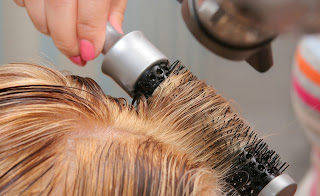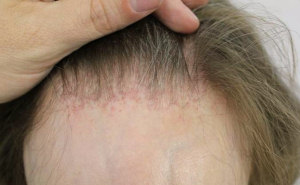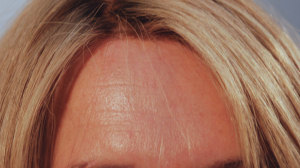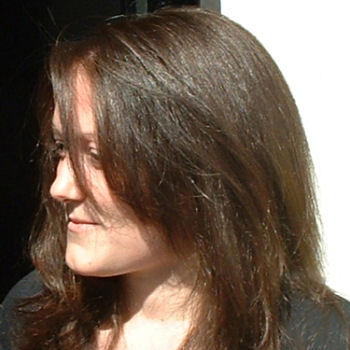If you notice any unusual hair loss, always remember that it is crucial to immediately see your dermatologist or primary care provider to determine the condition, cause, and the appropriate treatment to prevent it from getting worse. Educating yourself with some information about the most common treatments available for FPHL can be helpful for you too. It includes the following:
- For some women, iron deficiency could be their cause of hair loss. Thus they need iron supplements; however, there is no direct proof that is can be helpful for the condition.
- Spironolactone and finasteride are anti-androgens that aren’t approved for treatment of FPHL, and there is hardly any reliable evidence that they are effective. But there are some case studies that suggest women who don’t respond to minoxidil might benefit from using spironolactone. Just to be sure, it is better to ask more information about this from your doctor.
- Minoxidil is a treatment for high blood pressure, but the people who used it noticed hair growth in places where they had lost hair. Research confirms that when a 2% solution of minoxidil is applied directly to one’s scalp, it can stimulate growth. Again, it is better to consult your doctor before trying any medications.
For hair loss treatment and consultations on hair loss conditions, visit Lucinda Ellery. http://www.lucindaellery-hairloss.co.uk/

















































